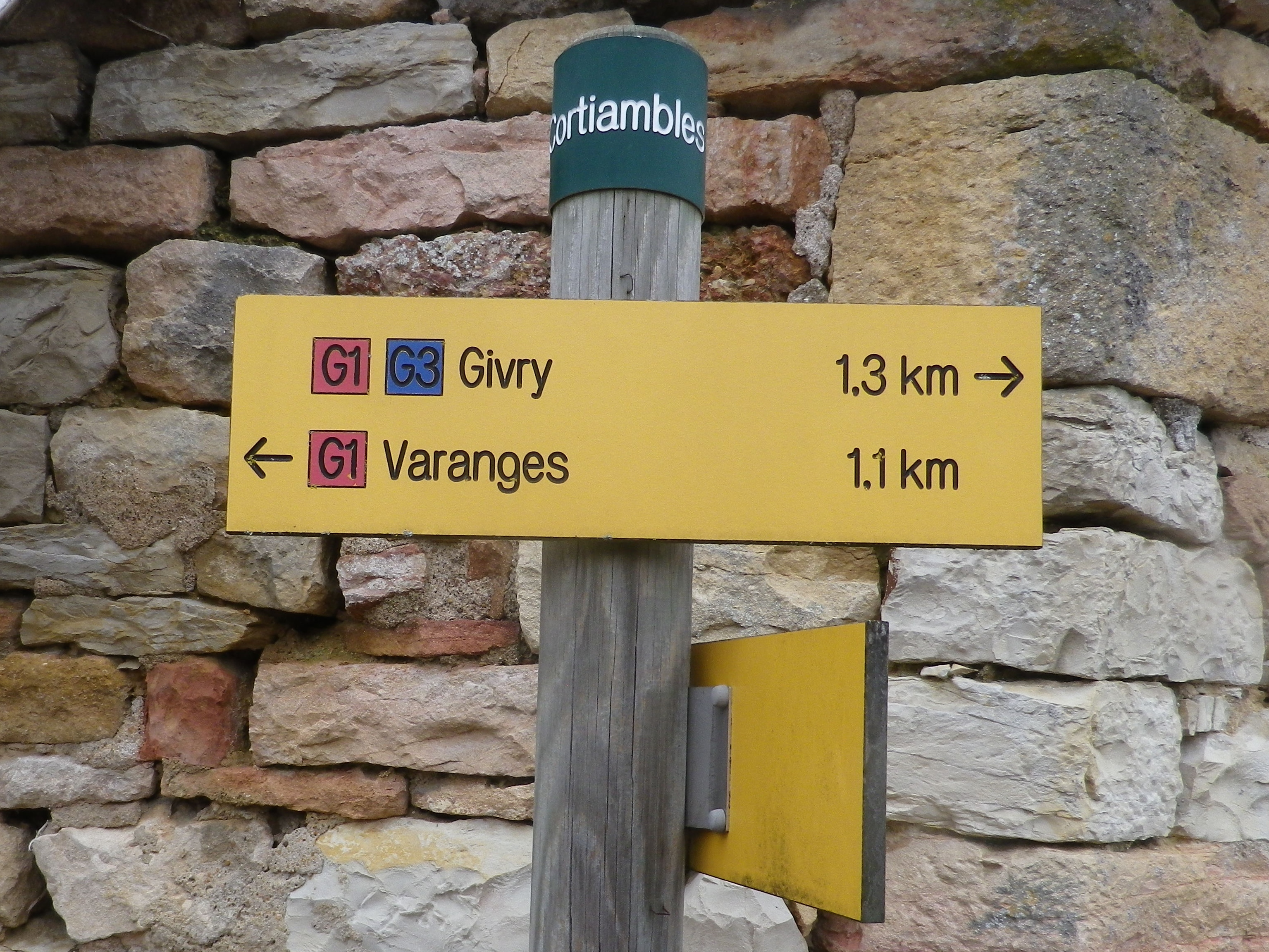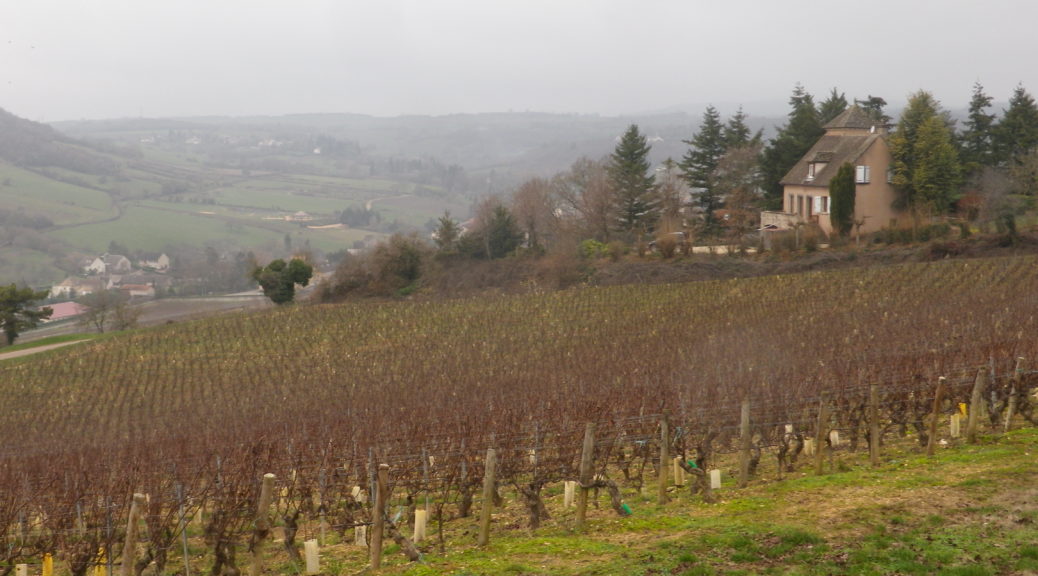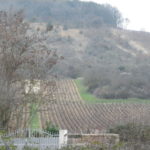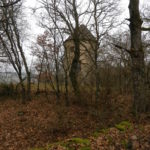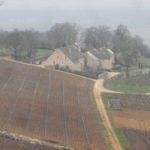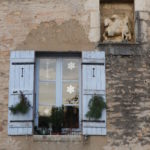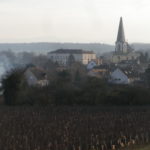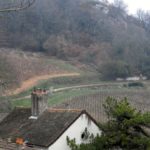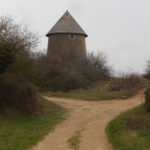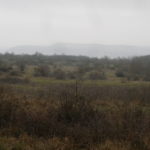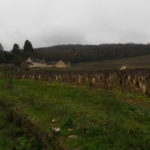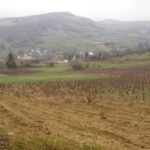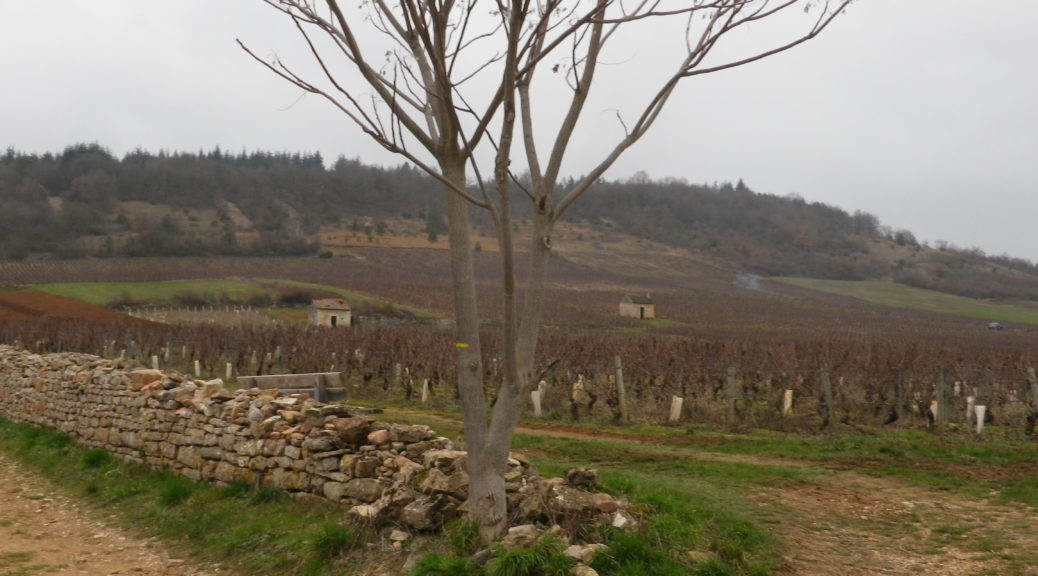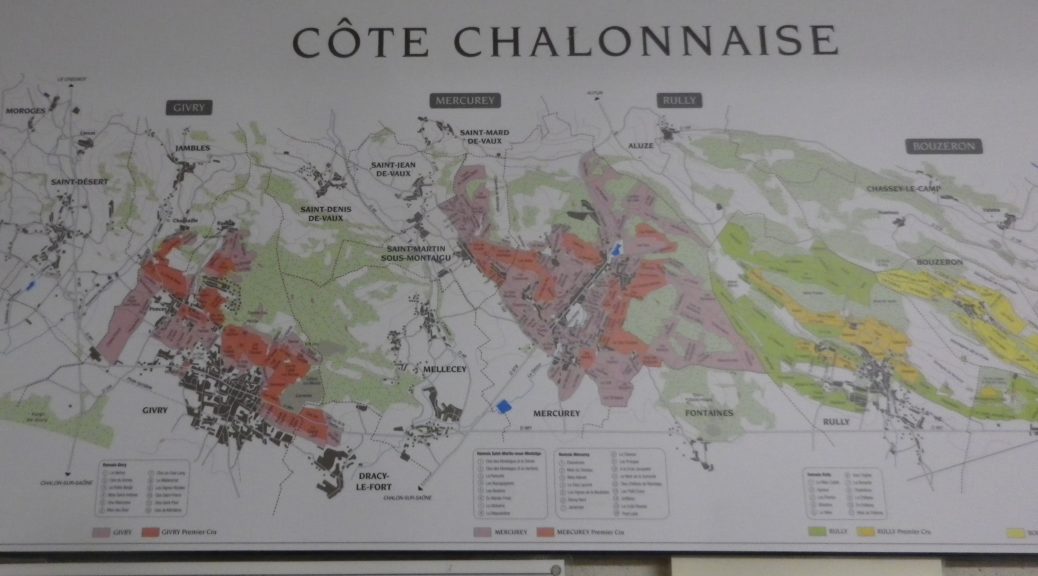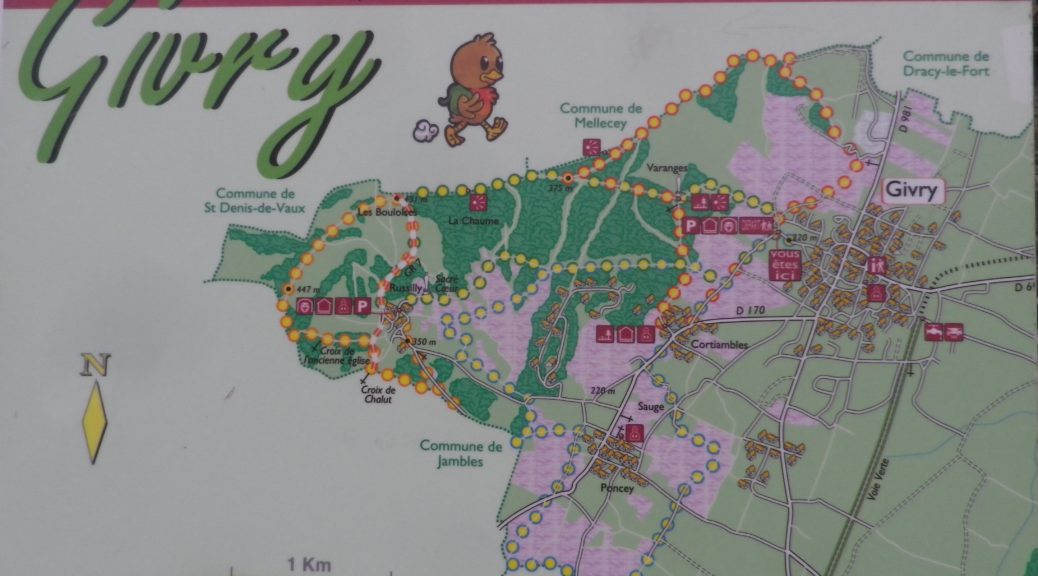Monthly Archives: January 2020
Discovering Givry
If, as King Henry IV famously stated, “Paris is worth a Mass”, then he also likely said: Givry is worth a glass. It was his favorite wine. As I hiked along the trail that meandered past its clos and vineyards, and strolled along its streets, I had reason to see why.
The stroll through town showcases some of its beautiful old buildings. Erected during different eras, they are all made of the amazing limestone that is so typical of many Burgundian buildings. Once out of town and in the vineyards, clos walls are made of the same material, albeit in January covered by moss and lichen in a colorful winter coat.
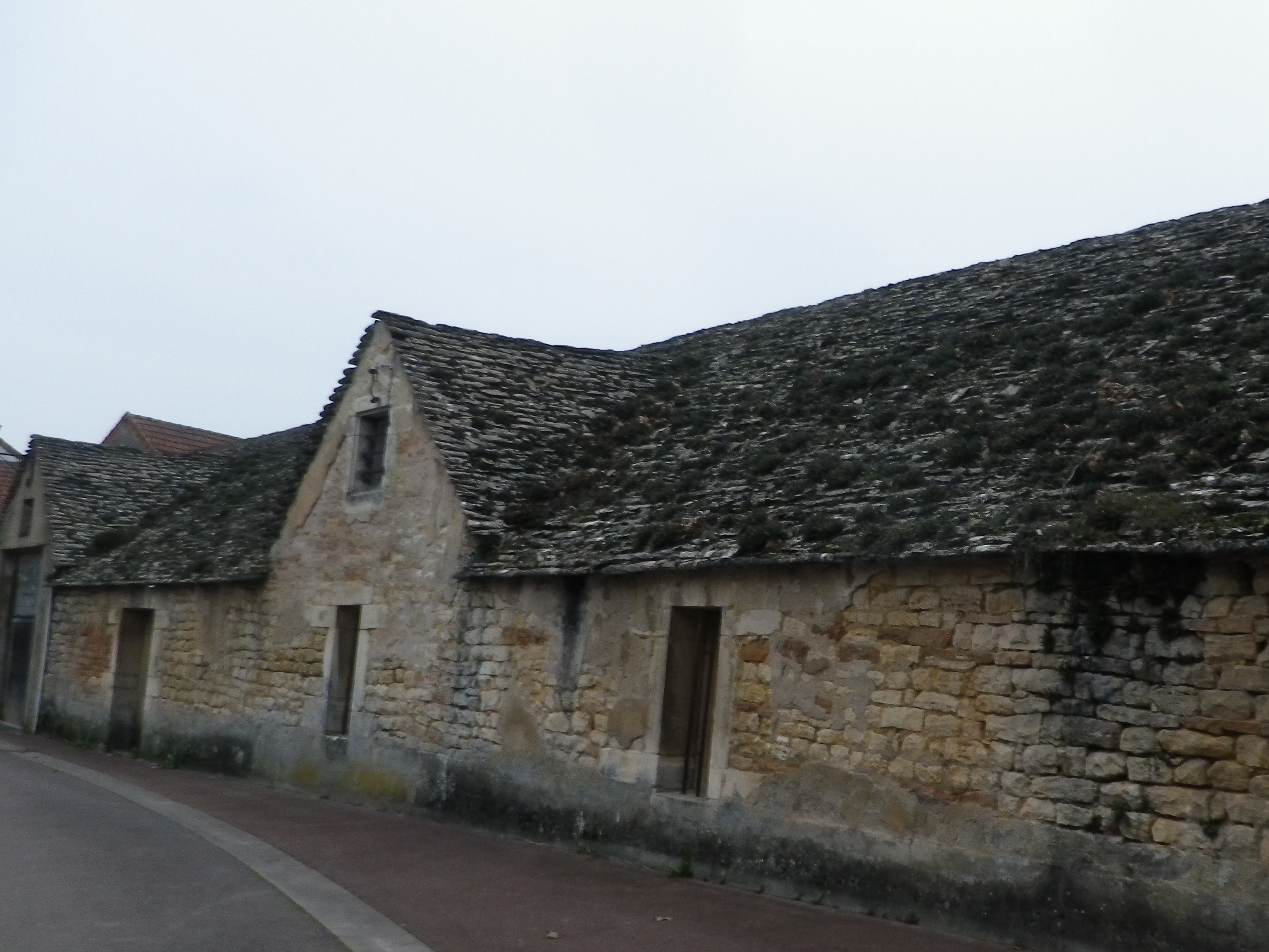
Wine Notes: Givry
What I Learned
The town and township of Givry, surrounded by vineyards, lies in the sub-region of Burgundy known as Cote Chalonnaise. In this area, which also includes neighboring Dracy-le-Fort and Jambles, different appellations are in effect. From lower to higher on the quality scale they are the appellation of Bourgogne, the appellation of Cote Chalonnaise, and the appellation for the Givry. In addition to the Givry village appellation, there are similar village appellations for nearby Mercurey, Rully, and Montagny-les Buxy. While some experts opine that Mercurey consistently produces the highest quality wines of these four villages, Givry runs a close second. Both produce mostly red wines from Pinot Noir grapes. Montagny-les-Buxy produces exclusively white wines from Chardonnay grapes. Givry produces only about ten percent white wine, but these wines can sometimes provide discerning tasters an unusual licorice note.
Cote Chalonnaise: Trail in a Nutshell
Trail Name: Decouverte Nature de la Cote Chalonnaise (to give it the full name)
Trail Type: mid-distance circuit trail; fairly well-maintained and very diverse trail surfaces, marking on the trail overall fairly good in some places, but missing in others
Length:
Total – 10 kilometers/6.2 miles
Convenient to: Chalon-sur-Saone, France
Marking: Varies, (G2, G3, and in one section red and white bars) but key spots are identified by location posts, and any or all of the above markings.
